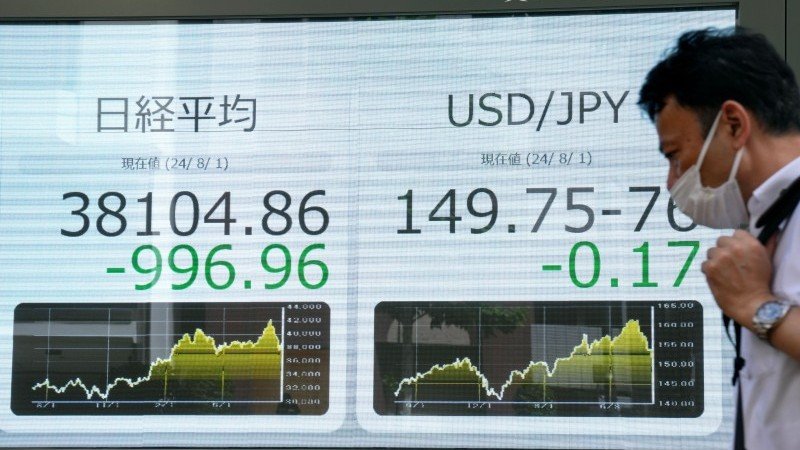International banking data could add an angle to the yen carry trade story. Cross-border lending in JPY, one of the contributors to the activity in the currency pairs, has been on the rise since 2010, and accelerating in the last couple of years. According to the data released by the Bank of International Settlements (BIS), banks’ JPY-denominated cross-border claims reached JPY328tr (US$2.2tr equivalent) as of the end of March 2024, showing a 52% (US$742bn equivalent net of FX revaluation effect) increase compared to the end of 2021. Meanwhile, the headline numbers cover a sum of cross-border lending in opposing directions, i.e. from and to Japan, as well between parties outside of the Japanese currency area. Moreover, the same headline sum can be broken down by the type of borrower, including other banks (interbank lending), non-banking financials (NBFs), and other sectors.
From the directional point of view, cross-border loans originating in Japan should be the most relevant for the carry trade (see the first chart below). The amount of such loans outstanding is JPY157tr (US$1.0tr equivalent) as of March 2024, and the growth compared to 2021 is 21% (US$181bn equivalent net of FX revaluation effect), but much like the overall volume, it also represents an acceleration compared to the trend seen before 2022. Looking at the banks’ balance sheets from the borrower dimension (see the second chart below), it appears that the recent post-2021 pick-up in the cross-border JPY borrowing is led by the interbank segment, which reached JPY123tr as of March 2024, almost twice the JPY67tr seen at the end of 2021. Meanwhile, lending to NBFs has been growing steadily from a low base for a number of years now, reaching JPY126tr.
The overall observation would be that the accelerated cross-border lending in JPY, as well as weakness in the national currency, seem to coincide with the normalisation of monetary policy by the Federal Reserve and European Central Bank, which the Bank of Japan was unable to join. Another observation is that the previous historical rounds of sharp JPY de-leveraging were attributable to the 1997-98 Asian financial crisis and the 2008 Global Financial Crisis.



